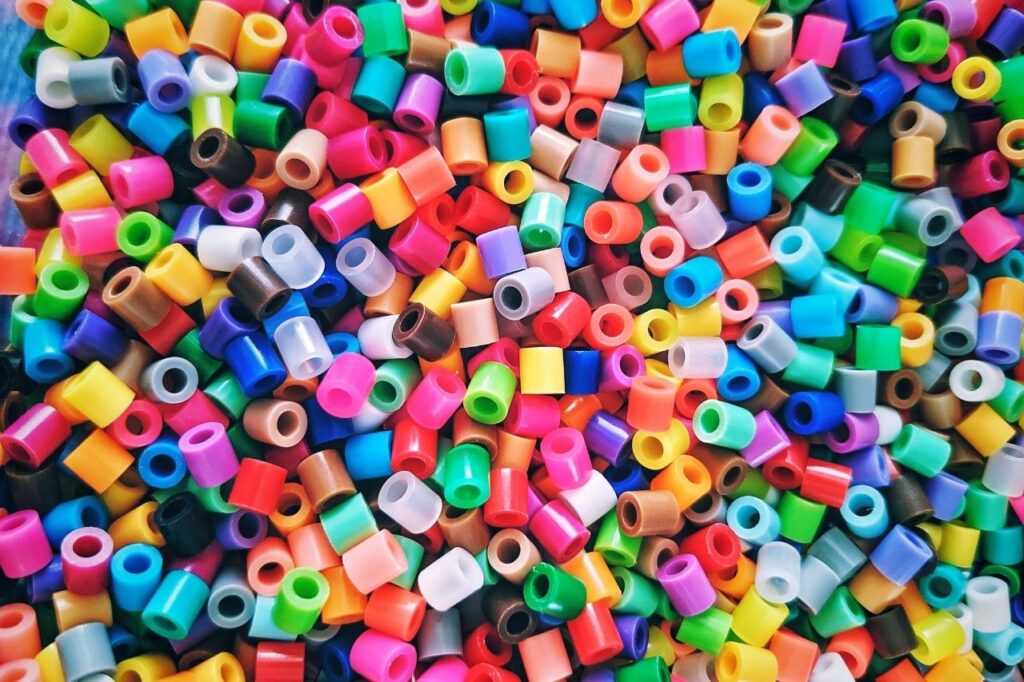
Injection molding is a popular and highly efficient manufacturing process used across a wide range of industries. It involves injecting molten material into a mold to produce high-quality parts. The success of injection molding depends heavily on the materials used, as they determine the product’s durability, strength, and overall performance. In this article, we’ll explore some of the top injection molding materials and how they enhance efficiency and quality in manufacturing.
1. Acrylonitrile Butadiene Styrene (ABS)
ABS is one of the most commonly used materials in injection molding due to its durability, toughness, and resistance to impact. It is widely utilized in automotive parts, electronics die casting mold design, and consumer products.
- Advantages: ABS is easy to mold, has excellent resistance to wear and tear, and offers a high-quality surface finish. It’s also cost-effective for large production runs.
- Applications: Common in items like automotive parts, housing for electronic devices, and toys such as Lego bricks.
2. Polypropylene (PP)
Polypropylene is another versatile material that is often chosen for its flexibility, chemical resistance, and moisture resistance. It’s widely used in both industrial and consumer applications.
- Advantages: PP has excellent resistance to chemicals and moisture, making it ideal for products that need to endure harsh environments. It’s also lightweight and can be recycled easily.
- Applications: Used in packaging, containers, automotive components, and medical devices.
3. Polyethylene (PE)
Polyethylene comes in various densities, with high-density polyethylene (HDPE) and low-density polyethylene (LDPE) being the most commonly used in injection molding.
- Advantages: PE is lightweight, resistant to impact, and can handle high temperatures without deforming. It’s also cost-effective, making it a popular choice in large-scale manufacturing.
- Applications: HDPE is used for bottles, containers, and plastic parts, while LDPE is used in plastic bags and film applications.
4. Polycarbonate (PC)
Polycarbonate is known for its high impact resistance and optical clarity, making it a go-to material for products that require transparency and strength.
- Advantages: PC has superior mechanical strength and can withstand harsh conditions such as high temperatures and stress. It also offers excellent dimensional stability, ensuring consistent production quality.
- Applications: Used in safety glasses, optical lenses, medical devices, and automotive components.
5. Nylon (Polyamide)
Nylon is widely appreciated for its high strength, durability, and heat resistance, making it ideal for industrial applications.
- Advantages: Nylon offers great mechanical properties, including wear resistance, low friction, and high tensile strength. It also withstands a variety of environmental conditions, such as extreme temperatures and chemical exposure.
- Applications: Commonly found in gears, bearings, electrical connectors, and automotive parts.
6. Polystyrene (PS)
Polystyrene is known for being lightweight, cost-effective, and easy to mold, making it a widely used material in injection molding.
- Advantages: PS has good dimensional stability and can be used for both clear and opaque products. It’s also easy to color, which makes it versatile in aesthetic applications.
- Applications: Used in food packaging, disposable cutlery, CD cases, and toys.
7. Thermoplastic Polyurethane (TPU)
TPU is known for its elasticity, flexibility, and toughness, which allows it to be used in a variety of applications requiring flexibility and impact resistance.
- Advantages: TPU has excellent abrasion resistance and can endure low temperatures without cracking or becoming brittle. It’s also chemically resistant, making it ideal for challenging environments.
- Applications: Commonly used in medical devices, automotive parts, footwear, and industrial hoses.
8. Polyoxymethylene (POM)
Also known as acetal, POM is a high-performance engineering plastic used in injection molding for parts requiring precision, strength, and stiffness.
- Advantages: POM has excellent wear resistance, low friction, and dimensional stability. It’s often used for mechanical parts that need to withstand long-term use.
- Applications: Found in gears, bearings, fasteners, and automotive interiors.
9. Polyethylene Terephthalate (PET)
PET is commonly known for its use in bottle manufacturing but is also a popular choice for injection molding.
- Advantages: PET offers excellent clarity, chemical resistance, and strength. It is also widely recyclable, making it a more environmentally friendly option in manufacturing.
- Applications: Used in food and beverage containers, packaging, and consumer products.
Conclusion
Selecting the right material for injection molding is crucial for achieving optimal performance, durability, and cost-efficiency in manufacturing. Each material offers unique benefits tailored to specific applications, whether it’s flexibility, impact resistance, or chemical stability. By understanding the properties and uses of these top injection molding materials, manufacturers can significantly enhance product quality and manufacturing efficiency, ultimately driving better outcomes for their projects.
Choosing the right material not only ensures better product performance but also allows for cost-effective and sustainable manufacturing.